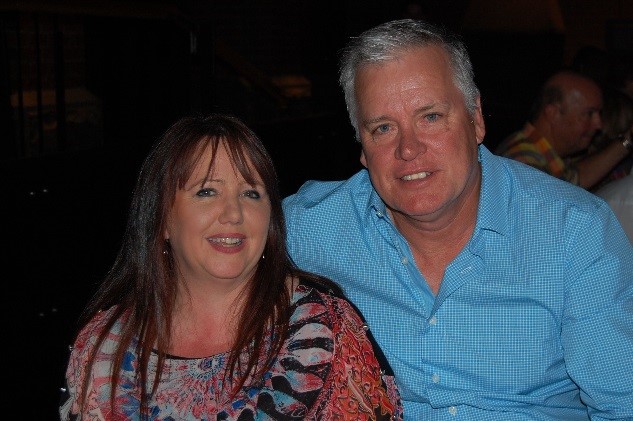We are delighted to welcome Mark Johnson as our new licensee in Bendigo, Victoria. Mark established his business in September 2013. Prior to establishing LMA – Johnson Group, Mark was an Executive Manager with the Victorian Department of Primary Industries (DPI), where he lead and managed a diverse Branch of up to 180 professional people across rural and regional Victoria.
In various roles over many years, Mark participated in and coordinated the delivery of a range of government services to rural communities and the farming sector. These services supported the sustainable management of natural resources and helped farmers to boost production on their farms. Mark also coordinated fire control on public land and natural disaster recovery activities on farms.
During Mark’s time with DPI he also led several large organisational and people change management projects.
Mark has lived in Bendigo for about 25 years, but grew up in Cohuna, a small country town in Northern Victoria near the Murray River. Mark is married to Carina, who is a HR professional and they have two children, Gaby who is 16 and Lachie who is 13. Like most families, Carina and Mark spend a lot of their spare time running Gaby and Lachie to various venues so that they can pursue their interests and passions.
Both Mark and Carina are heavily involved in junior sport in Bendigo. Mark is President of the Golden Square Junior Football Club which has over 250 children playing footy every weekend. As President, Mark is involved in introducing a structured Pathways and Development program to assist all of the club’s players to reach their full potential as young footballers in line with their aspirations and ability.
As if this isn’t enough, Mark is also the Coaching Coordinator for Bendigo Little Athletics Centre where there are about 500 young athletes competing and coaches a small team of advanced sprint hurdlers.
The City of Greater Bendigo is one of the fastest growing regional centres in Australia, with a population of over 110,000 and tipped to reach 145,000 in 2031. It is a modern city and has most of the services that you would expect to find in any capital city. It has a large university and a $630 million new hospital is currently being built.
Although a vibrant city, Bendigo still has that nice country feel about it and Bendigo people and businesses are very parochial about supporting the local community and local businesses.
The establishment of LMA-Johnson in Bendigo means that many LMA clients who travelled regularly to Melbourne to participate in business and personal development courses no longer need to make the 1.5 hour drive.
According to Mark:
“I have always been passionate about developing leadership in other people and helping them to reach their full potential. Seeing many of the people that I have personally supported over the years to grow as leaders and go on to wonderful careers makes me very proud.
What initially attracted me to LMA was that all of our development courses are clearly unique in that they are designed to not only develop the whole person, but to also measurably improve the bottom line of their business or organisation.
Since establishing our LMA business in Bendigo I have had the absolute pleasure and privilege of working with fantastic people from some of Bendigo’s most prominent and progressive businesses and organisations. Seeing what they have been able to achieve both personally and for their businesses in such a short period of time is truly inspiring and why I love and do what I do.”
Welcome to LMA Mark and Carina – you’re a great addition to our Australasian Team and the growth you are already achieving in Bendigo augurs very well for the future .
Mark Johnson
LMA – Johnson
Bendigo, Victoria
mjohnson@lma.biz
03 5444 3405
0409 017 948















